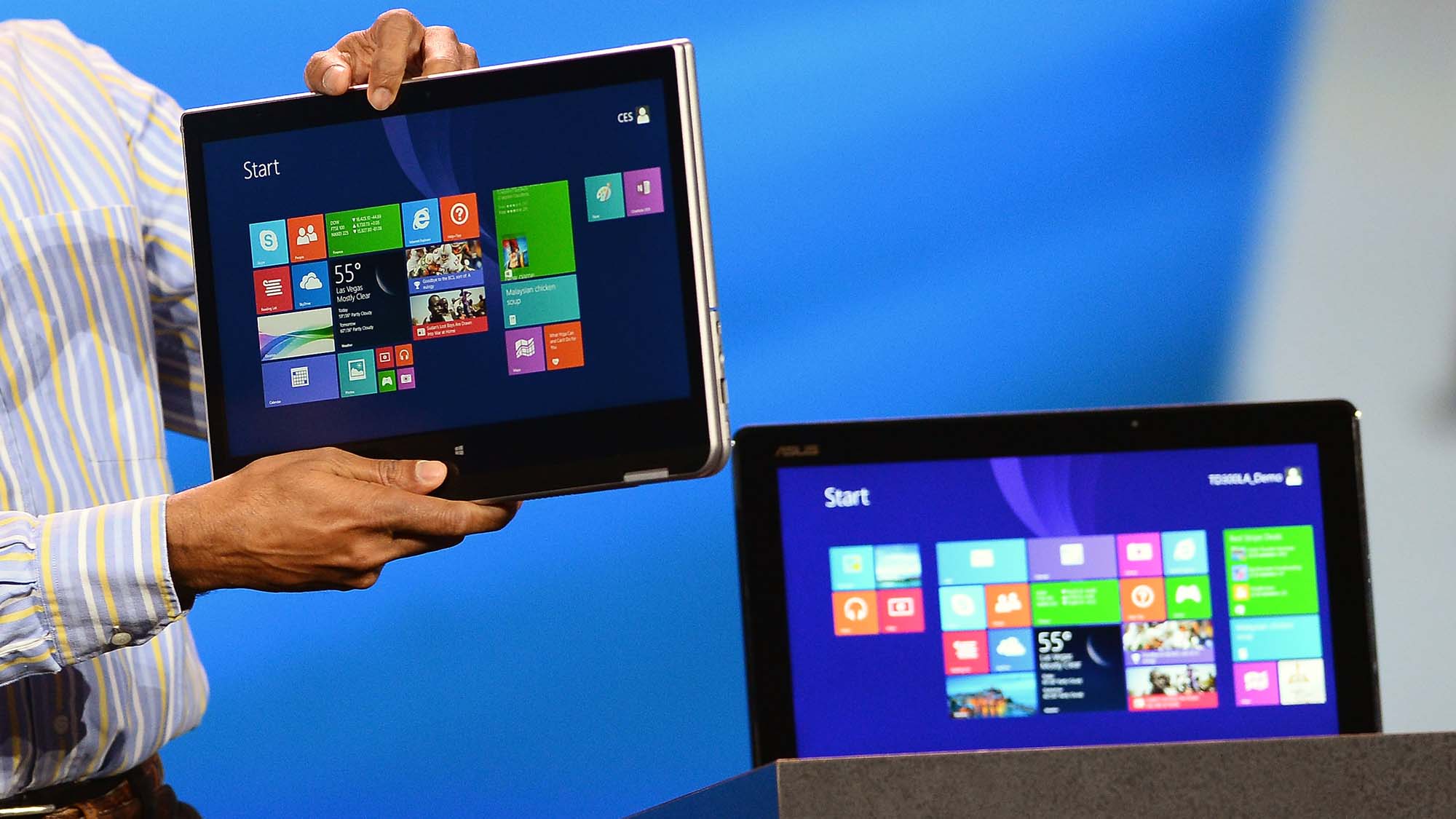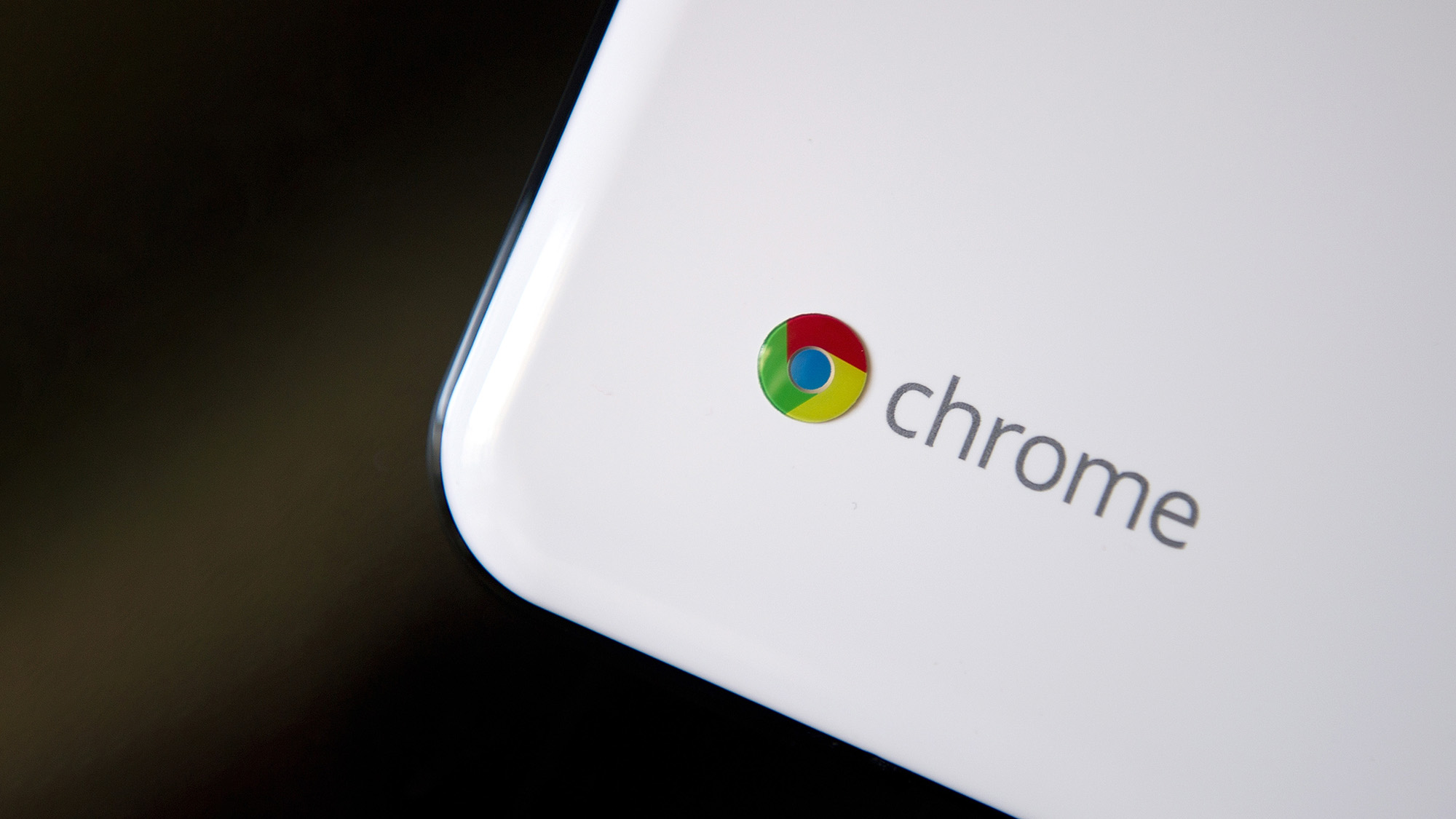As we all get ready for the start of the new school year in the next few weeks, a lot of parents (and students) are getting ready to buy their back-to-school supplies and tech, and a new laptop is increasingly part of that decision, especially for those about to start a new level of schooling, whether that’s secondary/high school or university.
I’m heading into the final semester of a graduate program myself, and in the many years I’ve been in school over the past decade picking up both undergrad and graduate degrees, I’ve also bought a lot of tech along the way, from graphing calculators for calculus classes (actually the same calculus class that I kept failing miserably) to laptops for general and computer science coursework.
And while I made exactly one mistake buying the wrong calculator (which is totally why I failed calculus, I swear), I went through no less than four laptops in my time in school, three of which were an absolute waste of money.
Not because the laptops were particularly bad, mind you. In fact, one of those laptops was actually one of the best student laptops around when it was released back in 2015. No, the problem was me, and specifically the way I approached technology at the time, and I made a few costly mistakes in my college career
Now, here I am, a sadder and a wiser man, pulling you aside on your way into your local retailer to tell you my tale in the hopes it might help you avoid the same tragic fate.
Don’t buy into the hype

When I made the decision to go back to school in 2014, I was still rocking an old school Acer Aspire One netbook that served me very well. I wish I had just stuck with it, because it was the best laptop I ever owned. Instead I kept hearing about these new fangled 2-in-1 laptops that seemed to be everywhere in those days.
Well, I thought, it would be pretty awesome to take notes on a 2-in-1 and save myself the trouble of dealing with paper notebooks, so I plunked down close to a grand on a Samsung 2-in-1 that would surely make my second time in college easier than my first.
Have you ever tried to take notes on a 16:9 2-in-1 laptop like it was a notebook? If you have, you already know it’s a huge hassle. The screen just isn’t nearly wide enough to really be useful, and even the best 2-in-1 laptops in 2014 were unwieldy abominations by today’s standard.
And, tragically, they were even unwieldy then, especially the larger screen laptop I had bought. At over an inch thick, there was no way to comfortably hold the laptop on my desk and take notes like I’d planned on doing. Not to mention the fact that the style of “stylus” we had back then had a bulbous tip as thick as a pencil eraser, so all my notes looked like they’d been written with a magic marker.
In the end, I gave up and went out and bought an actual paper notebook and just wrote in it with a pen, defeating the purpose of buying a 2-in-1 in the first place. And worse still, the laptop sucked as a laptop, so it ended up sitting there while I just ended up using my trusty netbook instead and left my bulky, underpowered 2-in-1 laptop to collect dust at home. I pretty much set that money on fire for all the good it did me.
Think carefully about your needs

Not long after that, I hadn’t learned my lesson about buying into hype, and I bought one of the early-generation Chromebooks when I saw them on display in a Best Buy. The experience turned me off from Chromebooks for nearly half a decade.
The problem wasn’t that the Chromebook failed to do what it promised, it absolutely did. I just hadn’t thought about the kind of things I needed it to do when I bought it. By this point, Chromebooks were still just a dedicated way of accessing Google apps like Docs and Sheets, and if you weren’t connected to the internet, it was useless.
I’d started with my double major in English and Computer Science at that point, and while it was fine for writing papers, my netbook easily did the same despite being several years old by this point. There were no C++ compilers on Chrome OS at the time and this was before Chromebooks came with an integrated Linux kernel, so I couldn’t do any of the work with Linux that I needed to do.
And while I could, theoretically, write code in Google Docs, coding with rich text formatting is a disaster waiting to happen, so I once again ended up letting that laptop sit on top of the 2-in-1 I’d bought a year earlier Chromebooks did get a lot better in the year or two afterwards, but by then I was making an even more costly mistake than I’d already made.
Buy the least expensive option that gets the job done
In 2016, I decided I was going to try one last time to get a laptop that would replace my netbook, which I thought was “showing its age”. I decided to get aboard the hype train again and went with a MacBook Air. It wasn’t all that great for programming unless you were programming for a Mac, which I definitely wasn’t, but it still worked well enough. It was also one of the best laptops for writers (and still is), so it worked great for typing up papers for my literature classes as well as doing my own writing work.
It was also way more expensive than it needed to be for what I was doing, which ultimately could have been done on a much cheaper laptop at the time. I got some good use out of my MacBook Air before I finally ended up giving it to my mom who needed a new computer after her decade old netbook finally died.
What this ultimately taught me is twofold: first, netbooks were incredible and we really didn’t appreciate them enough at the time; and second, the cheapest option that can get the job done is often a good bet. Just be sure that it is Can get the job done, and do your research on what the best cheap laptops can offer before going that route.
But my $400 netbook from 2010 is ultimately what got me through an entire undergraduate degree, and I damn near cried when it finally called it quits on me after several years of honest work, so don’t feel like you’ve got to go big to get a great laptop for school.